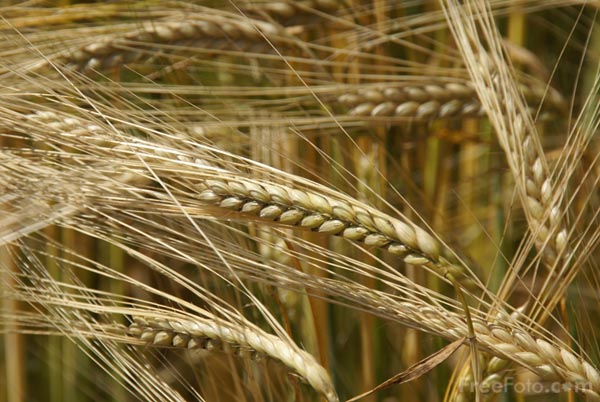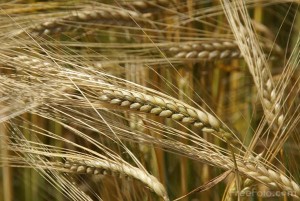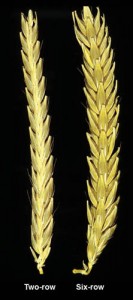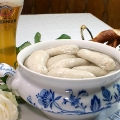
How could I possibly spend any time writing on my travels in Germany without mentioning the beer. Germany is so steeped in beer culture and brewing tradition that it is impossible to escape the connection between German Brewing, and German People. Land has changed hands, laws have been written, monarchies won and lost, all on the backs of the brewers, and the beverages they create.
I’m no beer historian, but I do know that the region of Germany that we are currently staying in has been involved in a significant portion of brewing history. Nürnberg, in the 13th century, had laws forbidding the use of certain grains in beer. And of course, the German Purity Law of 1516 (or Reinheitsgebot) was signed by Duke Wilhelm IV of Bavaria on April 23, 1516 in Ingolstadt, Bavaria. This law stated that “no longer any materials for beer brewing will be used other than Barley, Hops and Water.” Even the Germans were not aware of the necessity of yeast until Pasteur’s work in the 1800s.

But more than the contribution to beer history, Germany is extremely liberal in how it allows and facilitates the consumption of beer. Beer and beer mixes (Radler and Ruß being among the most popular) are frequent lunchtime beverages. There is not only a Biergarten on every corner but there are two in-between. They are outside of town halls, next to churches, and you can assuredly find a beer at the local Sommerrodelbahn (kids playground with alpine-style roller coasters). Open bottles of beer can be carried on the street, enjoyed on the subway, bus, or tram, or sipped on a park bench. There has been some proposed legislation of open container laws, but none of the Germans I spoke to thought it would go anywhere.

Ordering beer in Germany also takes some practice. In America, you might ask what they have “on tap,” or look for a beer list. You expect to get a list of labels: Miller, Budweiser, Schlitz, etc. In Bavaria, you order a type of beer, and they bring you what they serve.
Common types of beer that you may order would be Helles (German for “bright” – a light colored lager beer), Dunkel (dark), Bock (generally a stronger lager that varies in color depending on the type of Bock it is), Weizenbier (sometimes called Weissebier, or Hefe-Weizen – a wheat-based beer). And then there are the different sizes; the most frequent sizes are listed as 0,3l (0.3 liters), 0,5l (a half-liter or ein Halbes in German), and 1,0l (a full liter, or ein Maß in German).

And then there are the beer mixes (gemischt). The Radler (German for “bicyclist”) is a combination of beer (usually a Helles), and lemon-lime soda (like Sprite; in German weißes Limo). It is supposed to be mixed 50/50, but I’ve found that men seem to get 60/40 beer, and women get 60/40 soda. Maybe it’s just my imagination. The Radler is a favorite summer drink amongst travelers and, not surprisingly, bicyclists. There is a version in Northern Germany called, I believe, an Alster. The Ruß (short for Russian) is similar to a Radler, but instead combines weiße Limo with Weizenbier.
And the local Getränke-Markt (drink store) sells a wide selection of biers, sodas, etc. in crates, usually containing 20 0,5l bottles. Crates can be bought whole, or you can make a crate containing different drinks as well. And don’t forget to save the bottles as your local liquor store will take them back, send them back to the brewer, and refill them. No wasting glass here.
So for better or for worse, beer is plentiful here. And generally speaking, in Bavaria, if you sit down at a Biergarten or Gasthaus and order “ein Bier, bitte,” you will most likely get a half-liter of a Helles-type beer.
But regardless of what you get, it’s going to be darn good.





